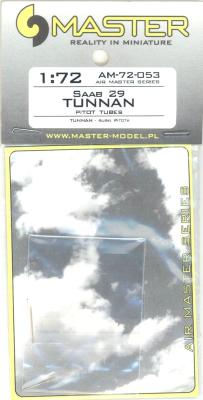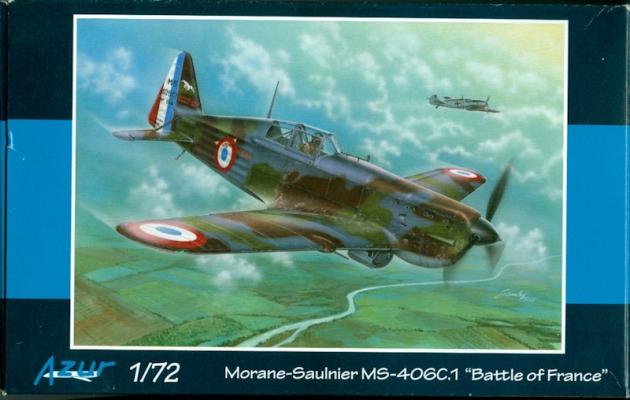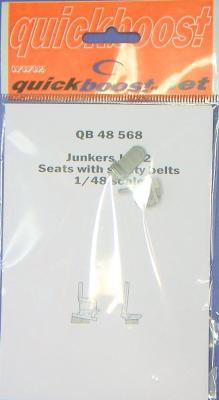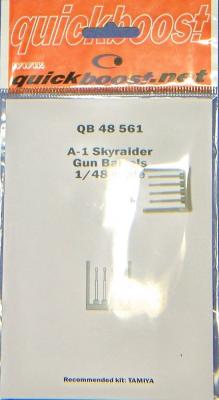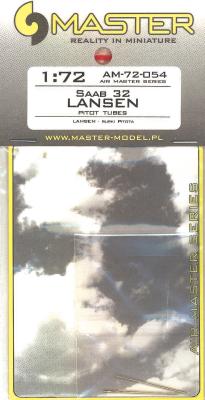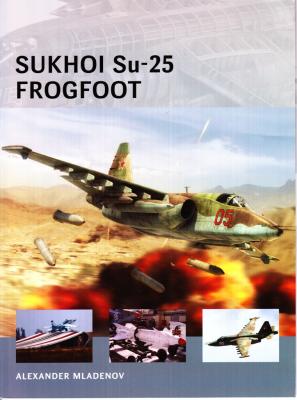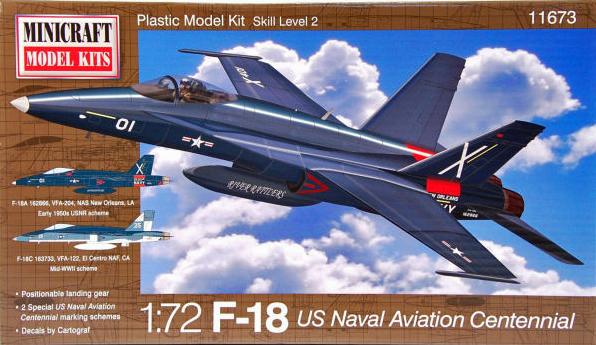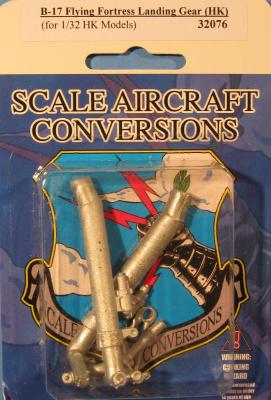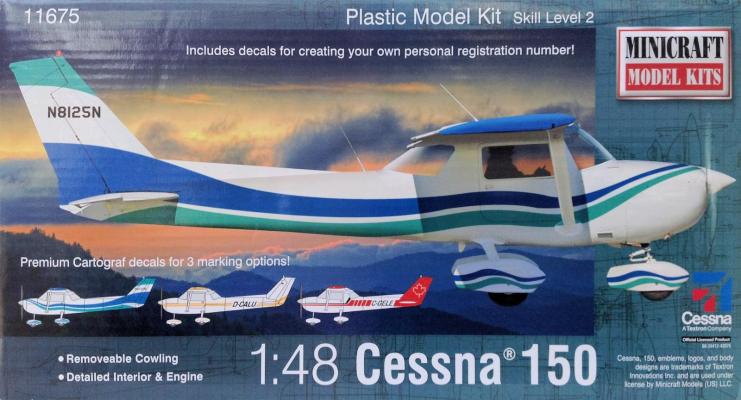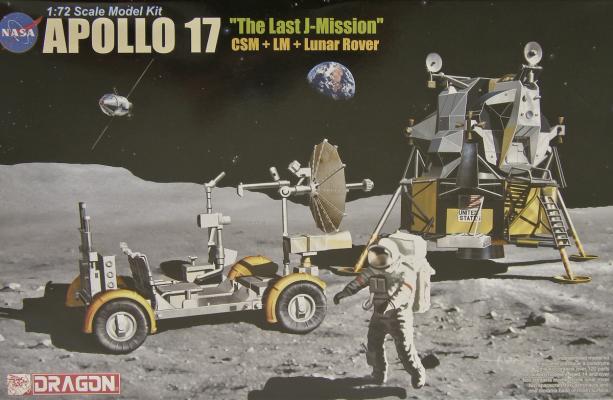This accessory is for the Heller Tunnan kit. The parts are replacement pitot tubes.
The Kit
You get two finely done brass parts in a plastic envelope, which is inside another plastic envelope. Good plan – lost parts of this size would be a disaster, not to mention impossible to find. I liked the instruction sheet, it was simple, to the point, and uncluttered.
Assembly
I used a Tunnan I built several years ago. It was great to have these brass pitots, as the plastic ones had been broken off soon after I did the model.
I cut off the little projections where the pitots had been earlier and drilled tiny holes in the wing leading edge.
I painted the brass parts with Testors Aluminum Metalizer.
There is a difference between the left and right pitots, and the instructions are VERY specific about which is which.
A bit of gel-type CA, and a bit of touch up, and the project was finished.

